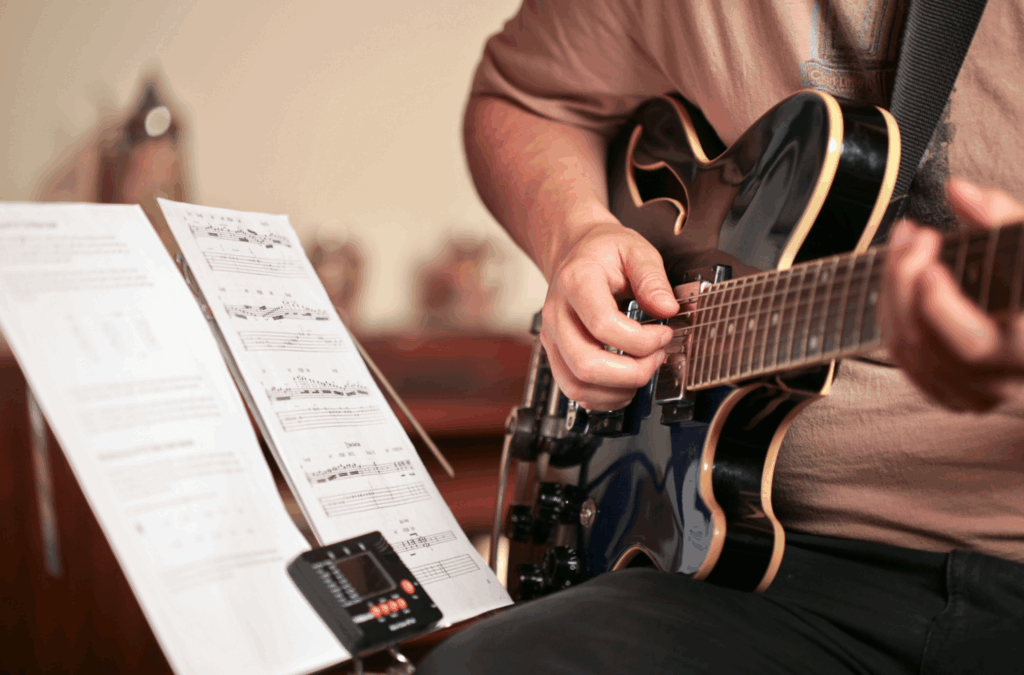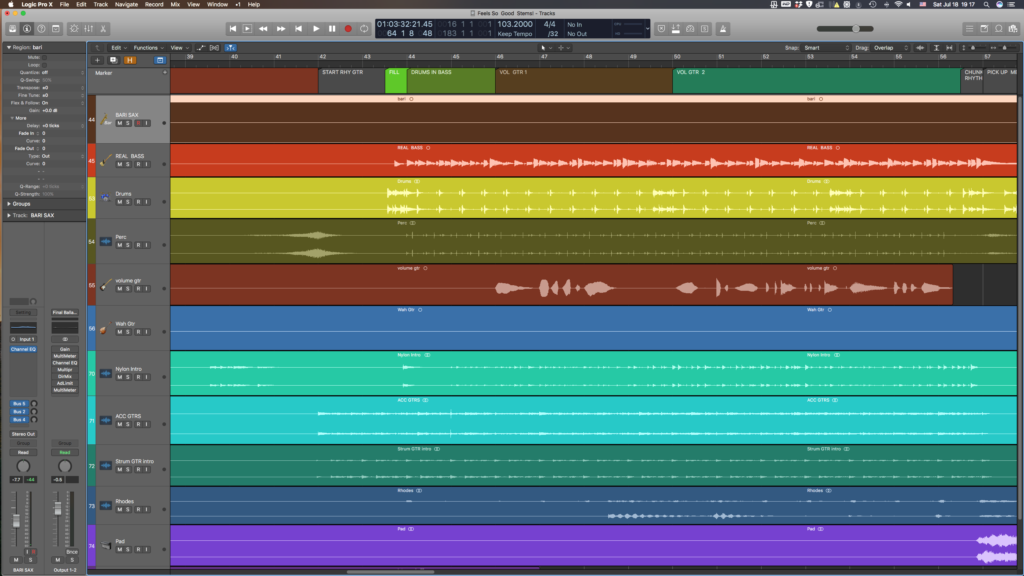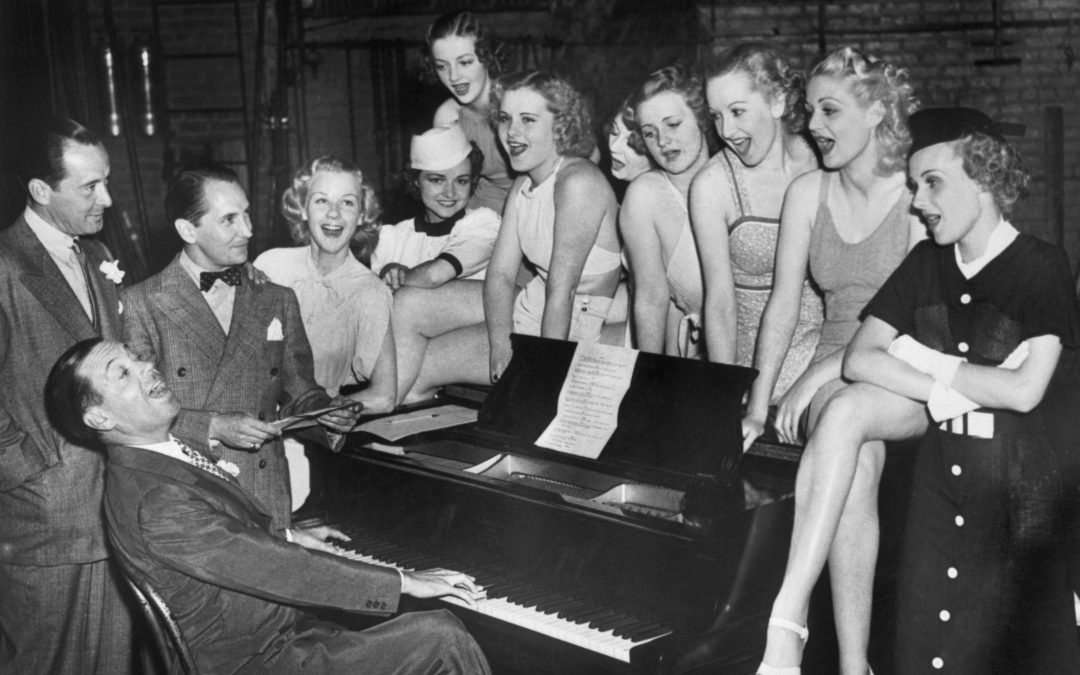Using Backing Tracks for Practicing Musical Instruments and Performing Live
In the world of music, backing tracks have become an essential tool for musicians looking to enhance their practice sessions and live performances. Whether you are a beginner learning to play a new instrument or a seasoned professional looking to add depth to your live shows, backing tracks can provide a valuable accompaniment to your music. In this blog, we will explore the best ways to use backing tracks for practicing musical instruments and performing live, as well as provide tips and tricks for getting the most out of this versatile tool.
Practicing with Backing Tracks
Backing tracks can be a valuable resource for musicians looking to improve their skills and technique. Here are some tips for using backing tracks effectively in your practice sessions:
Choose the Right Tracks: When selecting backing tracks for practice, it is important to choose tracks that are appropriate for your skill level and musical style. Look for tracks that feature the instruments you are learning to play, as well as tracks that match the tempo and key of the music you are working on.
Focus on Timing and Rhythm: One of the biggest benefits of using backing tracks for practice is that they can help you improve your timing and rhythm. Pay close attention to how your playing lines up with the track, and work on staying in time with the music.
Experiment with Different Styles: Backing tracks come in a variety of styles and genres, so don’t be afraid to experiment with different types of music in your practice sessions. This can help you develop a more versatile playing style and expand your musical horizons.
Use Backing Tracks for Improvisation: Backing tracks can also be a great tool for practicing improvisation. Play along with the track and try out different melodies, rhythms, and harmonies to develop your improvisational skills.

Performing Live with Backing Tracks
In addition to practicing, backing tracks can also be a valuable tool for musicians performing live. Here are some tips for using backing tracks effectively in a live setting:
Prepare in Advance: Before performing with backing tracks, it is important to thoroughly prepare and rehearse with the tracks. Make sure you are familiar with the timing, key, and structure of the tracks, and practice playing along with them until you feel comfortable.
Use a Reliable Playback System: When performing live with backing tracks, it is crucial to use a reliable playback system to ensure that the tracks play smoothly and without any technical issues. Invest in a high-quality audio interface or playback device to ensure a seamless performance.
Blend the Tracks with Your Live Performance: When using backing tracks in a live setting, it is important to blend the tracks seamlessly with your live performance. Make sure the volume levels of the tracks are balanced with your live instruments, and adjust the mix as needed to create a cohesive sound.
Interact with the Tracks: While performing with backing tracks, don’t be afraid to interact with the music and add your own personal touch to the tracks. Experiment with different dynamics, phrasing, and embellishments to make the music your own.

The Importance of Time and Groove
Before we dive into the different practice methods, let’s first discuss why having a strong sense of time and groove is so important for musicians. Time is the foundation of music – it is what keeps all the musicians in a band playing together, and it is what allows the listener to feel the pulse and rhythm of a song. Groove, on the other hand, is the feel or swing of the music – it is what gives a song its personality and makes it enjoyable to listen to.
Without a solid sense of time and groove, a musician’s playing can sound sloppy, disjointed, and unprofessional. It can also make it difficult to play with other musicians, as timing discrepancies can lead to musical train wrecks. Therefore, developing your time and groove is essential for becoming a well-rounded musician.
In conclusion, backing tracks can be a valuable tool for musicians looking to enhance their practice sessions and live performances. By choosing the right tracks, focusing on timing and rhythm, experimenting with different styles, and using backing tracks for improvisation, you can take your practice sessions to the next level. When performing live with backing tracks, it is important to prepare in advance, use a reliable playback system, blend the tracks with your live performance, and interact with the music to create a memorable and engaging performance. With these tips and tricks, you can make the most of backing tracks and elevate your musical skills to new heights.
Practicing with a Metronome
One of the most common practice methods for improving your time and groove is to practice with a metronome. A metronome is a device that produces a steady pulse or click at a specific tempo, allowing you to play along and stay in time. There are many benefits to practicing with a metronome, including:
Precision: A metronome forces you to play in time with a consistent pulse, helping you develop a sense of precision and accuracy in your playing.
Tempo control: With a metronome, you can easily adjust the tempo to challenge yourself and work on playing at different speeds.
Focus: Playing with a metronome requires concentration and focus, as you must stay locked in with the click and not lose track of the beat.
Independence: Practicing with a metronome can help you develop independence between your hands or limbs, as you work on playing different rhythms against the steady pulse.
To practice with a metronome, simply set the tempo to a comfortable speed and play along with the click. Start with simple exercises or scales, and gradually increase the difficulty as you become more comfortable. Focus on staying in time with the metronome and listening for any discrepancies in your playing. With regular practice, you will notice improvements in your time and groove.
This is a well produced track that will be loads of fun to jam over on any instrument.


